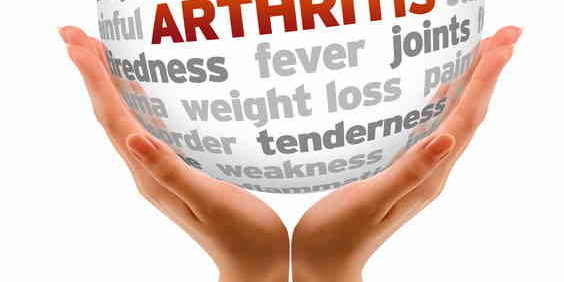“Pain has a way of clipping our wings and keeping us from being able to fly … and if left unresolved for very long, you can almost forget that you were ever created to fly in the first place.” WM. Paul Young, The Shack
When I was a little girl, I loved spending time at my grandmother’s house. I still remember the delightful mix of aromas—Ivory soap, onions and beef browning on the stove, and flaky fruit pastries baking in the oven. It was heavenly!
But I also remember how Grandma Mary’s sweet smiling face would suddenly contort in pain as her arthritic fingers began to throb. She would put down her large wooden spoon and grab the aspirin bottle, swallowing yet more of the little white pills. Then she’d rub her hands together trying to get some relief.
I don’t know which type she had, but the two most common types of arthritis — osteoarthritis and rheumatoid arthritis — damage joints in different ways.
Osteoarthritis involves wear-and-tear damage to the joint’s cartilage that can occur over many years, or can be brought on by a joint injury or infection. This type of arthritis most often develops in adults who are in their late 40s or older. It’s also more common in women and people with a family history of the condition. However, it can occur at any age.
Osteoarthritis initially affects the smooth cartilage lining of the joint. This makes movement more difficult, leading to pain and stiffness. Once the cartilage lining starts to roughen and thin out, the tendons and ligaments have to work harder. This can cause swelling and the formation of bony spurs. Severe loss of cartilage can lead to bone rubbing on bone, altering the shape of the joint and forcing the bones out of their normal position. The most commonly affected joints are those in the hands, spine, knees, and hips.
In rheumatoid arthritis (RA), the body’s immune system attacks the lining of the joint capsules—tough membranes that enclose all the joint parts. This lining then becomes inflamed and swollen. RA is classified as systemic, meaning it can permeate the entire body. The exact cause of RA remains unknown, but women are diagnosed three times more often than men, and it is suspected that estrogen may play a role.
The symptoms of arthritis vary depending on the type. Here are some of them:
- joint pain, tenderness and stiffness
- inflammation in and around the joints
- restricted movement of the joints
- warm, red skin over the affected joint
- weakness and muscle wasting
Bio-Touch has been shown to alleviate the pain and reduce the inflammation associated with arthritis. While not a substitute for standard medical care, Bio-Touch is the perfect touch-healing therapy that complements mainstream medicine. And best of all, everyone can learn to use it.
That’s why the Bio-Touch organization is offering a workshop on arthritis at the Center in Tucson on Thursday July 27th from 6-8PM. Workshop attendees will learn the Bio-Touch points needed to address the symptoms of arthritis.
So if you’re in the Tucson area, bring your friends and family to the Center at 5634 E. Pima St. You’ll learn how fun it is to share Bio-Touch, and how good it feels to be able to help each other feel better by using this simple, effective healing technique! For more information or to learn about online classes, go to justtouch.com.

